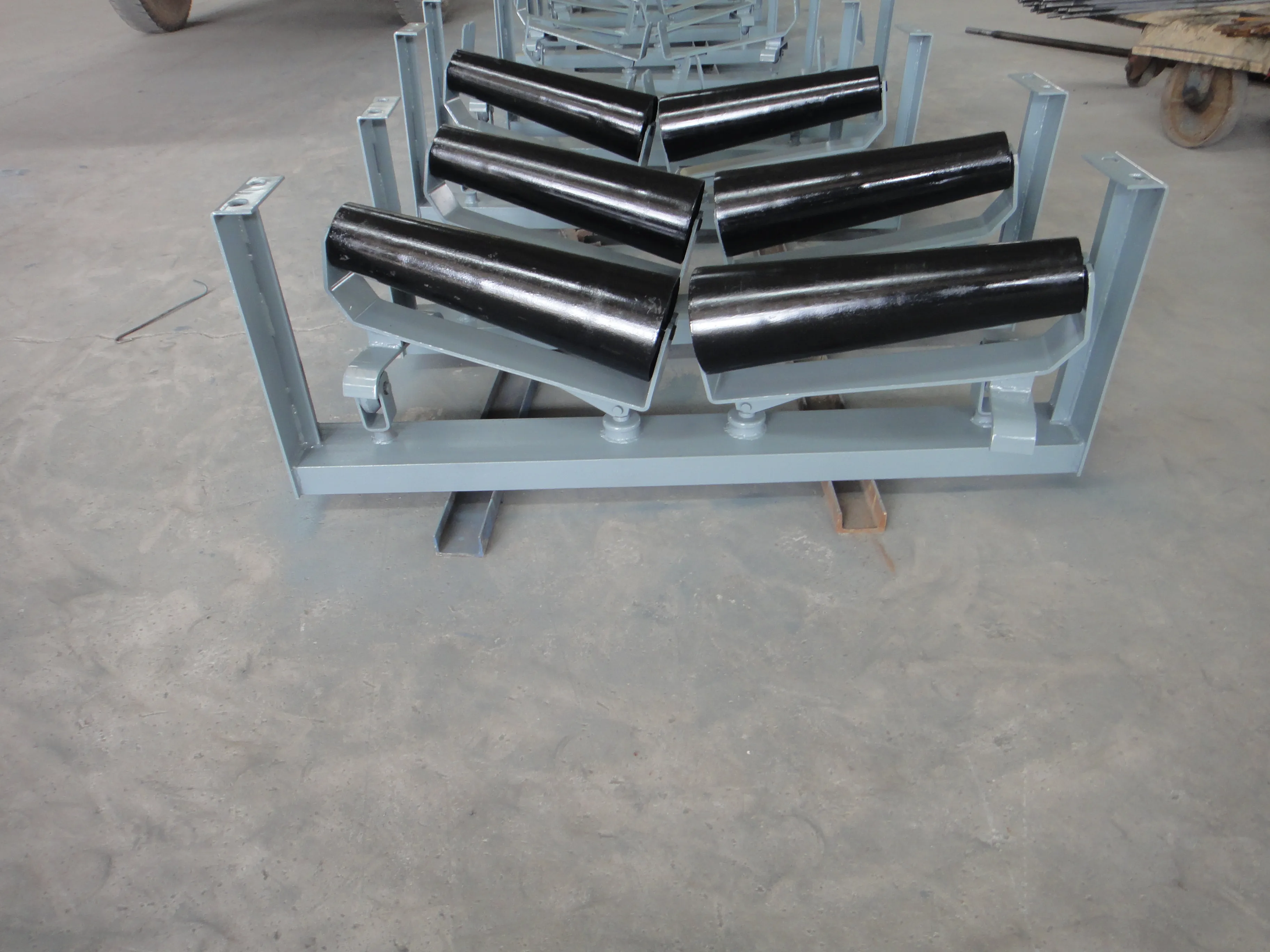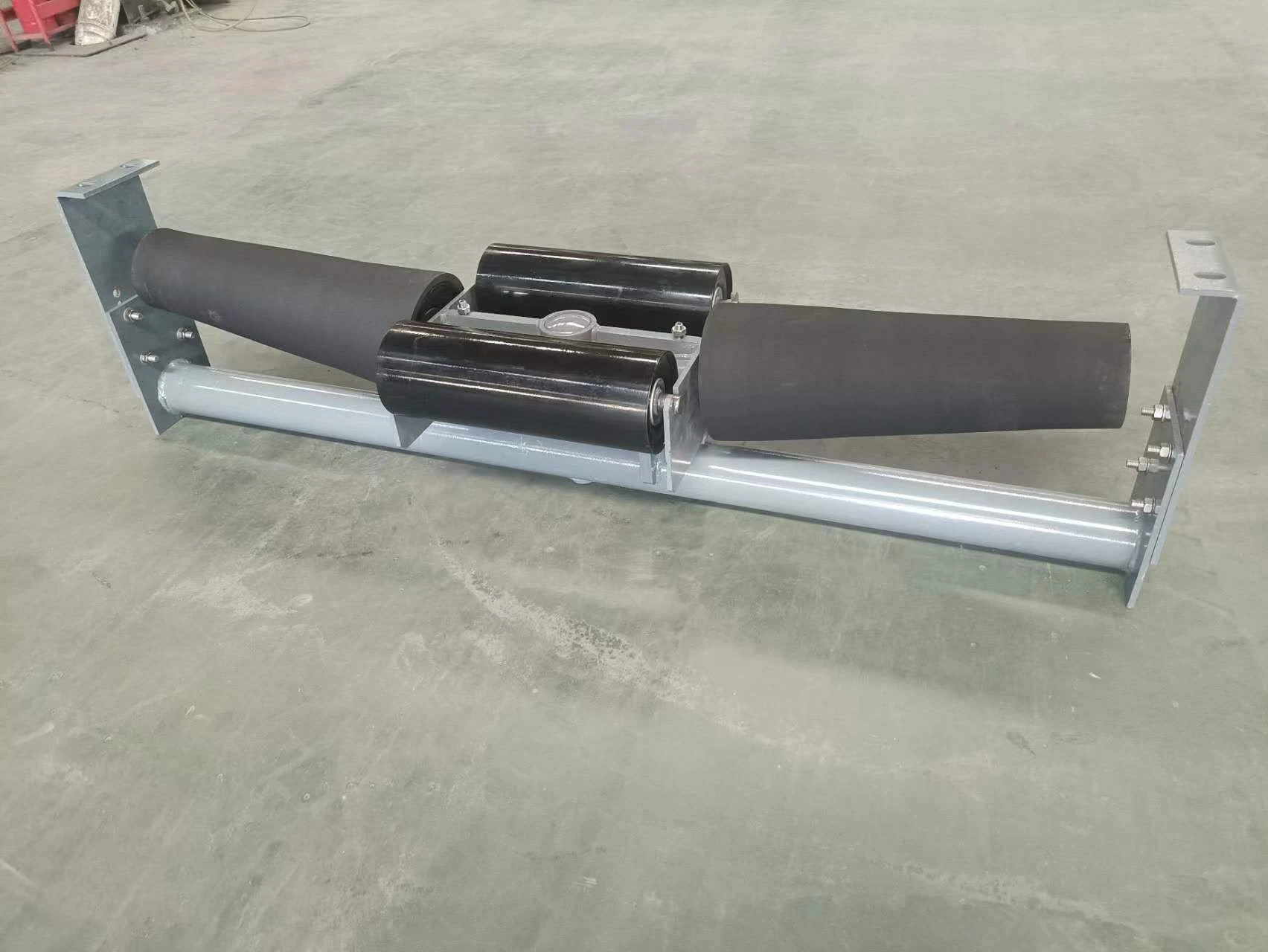 Afrikaans
Afrikaans  Albanian
Albanian  Amharic
Amharic  Arabic
Arabic  Armenian
Armenian  Azerbaijani
Azerbaijani  Basque
Basque  Belarusian
Belarusian  Bengali
Bengali  Bosnian
Bosnian  Bulgarian
Bulgarian  Catalan
Catalan  Cebuano
Cebuano  Corsican
Corsican  Croatian
Croatian  Czech
Czech  Danish
Danish  Dutch
Dutch  English
English  Esperanto
Esperanto  Estonian
Estonian  Finnish
Finnish  French
French  Frisian
Frisian  Galician
Galician  Georgian
Georgian  German
German  Greek
Greek  Gujarati
Gujarati  Haitian Creole
Haitian Creole  hausa
hausa  hawaiian
hawaiian  Hebrew
Hebrew  Hindi
Hindi  Miao
Miao  Hungarian
Hungarian  Icelandic
Icelandic  igbo
igbo  Indonesian
Indonesian  irish
irish  Italian
Italian  Japanese
Japanese  Javanese
Javanese  Kannada
Kannada  kazakh
kazakh  Khmer
Khmer  Rwandese
Rwandese  Korean
Korean  Kurdish
Kurdish  Kyrgyz
Kyrgyz  Lao
Lao  Latin
Latin  Latvian
Latvian  Lithuanian
Lithuanian  Luxembourgish
Luxembourgish  Macedonian
Macedonian  Malgashi
Malgashi  Malay
Malay  Malayalam
Malayalam  Maltese
Maltese  Maori
Maori  Marathi
Marathi  Mongolian
Mongolian  Myanmar
Myanmar  Nepali
Nepali  Norwegian
Norwegian  Norwegian
Norwegian  Occitan
Occitan  Pashto
Pashto  Persian
Persian  Polish
Polish  Portuguese
Portuguese  Punjabi
Punjabi  Romanian
Romanian  Russian
Russian  Samoan
Samoan  Scottish Gaelic
Scottish Gaelic  Serbian
Serbian  Sesotho
Sesotho  Shona
Shona  Sindhi
Sindhi  Sinhala
Sinhala  Slovak
Slovak  Slovenian
Slovenian  Somali
Somali  Spanish
Spanish  Sundanese
Sundanese  Swahili
Swahili  Swedish
Swedish  Tagalog
Tagalog  Tajik
Tajik  Tamil
Tamil  Tatar
Tatar  Telugu
Telugu  Thai
Thai  Turkish
Turkish  Turkmen
Turkmen  Ukrainian
Ukrainian  Urdu
Urdu  Uighur
Uighur  Uzbek
Uzbek  Vietnamese
Vietnamese  Welsh
Welsh  Bantu
Bantu  Yiddish
Yiddish  Yoruba
Yoruba  Zulu
Zulu Durable Conveyor Side Brackets Heavy-Duty Roller & Idler Support
- Understanding the Role of Conveyor Side Brackets in Material Handling Systems
- Technical Advantages of Modern Conveyor Roller Brackets
- Comparing Leading Manufacturers: Performance Metrics and Durability
- Custom Solutions for Return Idler Bracket Configurations
- Case Study: Industrial Applications of Heavy-Duty Brackets
- Cost-Benefit Analysis of Upgrading Conveyor Brackets
- Future Trends in Conveyor Side Bracket Engineering

(conveyor side bracket)
Why Conveyor Side Brackets Are the Backbone of Efficient Material Transport
Conveyor side brackets form the structural foundation of bulk material handling systems, supporting 83% of industrial conveyor configurations globally. These components ensure precise alignment of rollers and belts, reducing friction-related energy losses by up to 18%. Unlike standard support systems, premium conveyor roller brackets integrate reinforced ribbing patterns that increase load capacity by 40% compared to traditional designs.
Technical Superiority in Bracket Engineering
Advanced return idler bracket models now feature:
- Laser-calibrated mounting surfaces (±0.02mm tolerance)
- Hot-dip galvanized coatings with 120μm thickness
- Modular designs allowing 360° adjustment capability
Field tests demonstrate a 62% reduction in maintenance frequency when using these engineered solutions compared to basic brackets.
Manufacturer Comparison Table
| Brand | Load Capacity | Material Grade | Corrosion Resistance | Price/Unit |
|---|---|---|---|---|
| BracketPro X7 | 2,800kg | ASTM A572 | 1,200hr salt spray | $47.80 |
| DuraRoll HD | 3,200kg | EN 10025 | 950hr salt spray | $58.40 |
| SteelFrame Ultra | 4,100kg | AS/NZS 3678 | 1,500hr salt spray | $72.90 |
Customization for Specific Operational Needs
Specialized return idler bracket configurations now accommodate:
- High-temperature environments (up to 650°F continuous exposure)
- Explosive atmosphere certifications (ATEX/IECEx)
- Sanitary-grade stainless steel for food processing
Custom-engineered solutions typically deliver 31% longer service life than off-the-shelf alternatives in extreme conditions.
Real-World Implementation Examples
A Canadian mining operation achieved:
- 23% reduction in belt misalignment incidents
- 17-month maintenance interval extension
- ROI within 14 months through decreased downtime
Agricultural processing plants report 41% fewer belt replacements after upgrading to specialized conveyor side bracket
s.
Economic Considerations for System Upgrades
Lifecycle cost analysis reveals:
- Premium brackets save $18.70/ft annually in maintenance
- Energy savings average 0.8kW per 100ft of conveyor
- Replacement costs decrease by 37% over 5-year periods
Innovations in Conveyor Side Bracket Technology
Emerging smart conveyor roller brackets now incorporate:
- Embedded wear sensors with wireless monitoring
- Self-lubricating polymer inserts
- Quick-release mechanisms for sub-5min replacements
These advancements position conveyor side brackets as critical components in Industry 4.0 material handling ecosystems, with predictive maintenance capabilities reducing unplanned downtime by up to 76%.

(conveyor side bracket)
FAQS on conveyor side bracket
Q: What is the purpose of a conveyor side bracket?
A: A conveyor side bracket supports the frame structure and aligns conveyor rollers. It ensures stability and proper belt tracking during material handling operations.
Q: Can a conveyor roller bracket be used with different roller sizes?
A: Yes, conveyor roller brackets are often adjustable or available in multiple sizes. Always verify compatibility with your roller diameter and conveyor system specifications.
Q: How do I maintain a return idler bracket?
A: Regularly inspect for wear, cracks, or misalignment. Clean debris and lubricate pivot points to ensure smooth operation and extend service life.
Q: What materials are conveyor side brackets typically made from?
A: They are commonly made from galvanized steel, stainless steel, or heavy-duty polymers. Material choice depends on load capacity and environmental conditions.
Q: How to identify a damaged conveyor roller bracket?
A: Look for visible deformation, rust corrosion, or uneven roller rotation. Replace immediately if damage affects alignment or creates excessive vibration.
-
Revolutionizing Conveyor Reliability with Advanced Rubber Lagging PulleysNewsJul.22,2025
-
Powering Precision and Durability with Expert Manufacturers of Conveyor ComponentsNewsJul.22,2025
-
Optimizing Conveyor Systems with Advanced Conveyor AccessoriesNewsJul.22,2025
-
Maximize Conveyor Efficiency with Quality Conveyor Idler PulleysNewsJul.22,2025
-
Future-Proof Your Conveyor System with High-Performance Polyurethane RollerNewsJul.22,2025
-
Driving Efficiency Forward with Quality Idlers and RollersNewsJul.22,2025





























